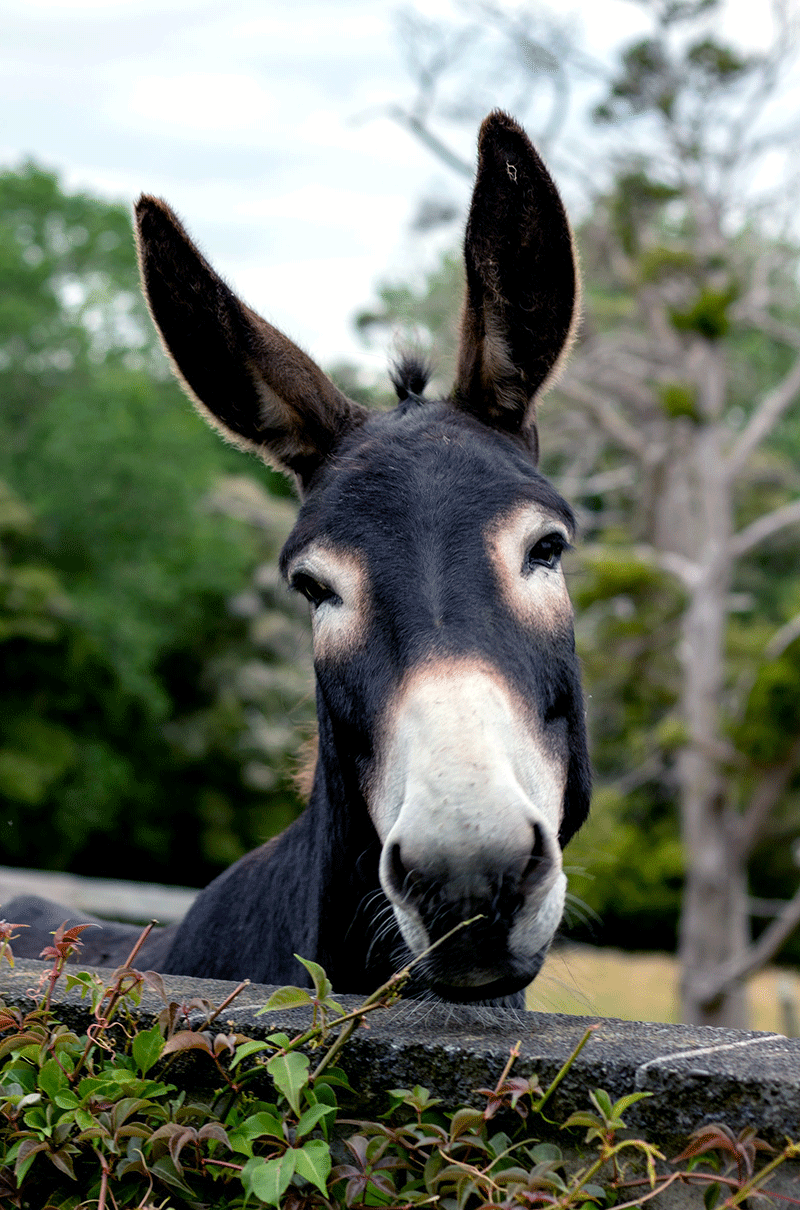Equines should have good homes and responsible owners. Sadly, many equines are being abandoned, condemned to live in inappropriate conditions or neglected. Some of these equines are also sold for meat production, which increases the risks for their welfare.
All categories of equines transported in the framework of the intra-EU and extra-EU trade suffer from the current Regulation 1/2005 serious shortcomings: its contradiction to scientific recommendations, unenforceable provisions and its poor implementation and enforcement system. While the impact of these flaws varies depending on the category of the equines transported, it is without discussion that equines of low value, such as equines intended for slaughter, suffer the most. All equidae have the potential to become “low value”, e.g. through injury or reduced performance, therefore they all must be protected.
Poor welfare during transportation is normally caused by multiple factors, however, journey time can exacerbate the situation, meaning that something that may only cause minor stress or discomfort during a short journey can become even life threatening if an animal is subjected to it for long periods of time. Hence, duration and quality of the journey are both crucial to maintain the welfare of animals during transport.
In 2019, the EU Member States traded 55,692 equines with the majority of them being horses for slaughter. Every year, around 24,000 horses are transported long-distance across the EU for slaughter. Travelling for days over thousands of kilometres with little chance to rest, eat or drink, these horses arrive at their destination exhausted, in pain, stressed, severely dehydrated and broken in spirit. The biggest exporters of horses for slaughter are the Netherlands, Poland and France. In the same year the EU exported to non-EU countries 32,125 horses, asses, mules and hinnies for breeding, slaughter and other purposes with the main importer of horses for slaughter being Japan. Transport of equines leads to increased cortisol release and changes in heart rate and heart rate variability (HRV), indicative of stress. The degree of these changes is related to the duration of transport. The current maximum journey limit is too high and numerous studies suggest that 8 hours is the maximum transport-time.
WHAT DOES THE PUBLIC THINK?
The perception of equines and their role varies depending on the country. In Poland it would be hard to perceive a horse as meat, yet it is one of the biggest exporters of live horses for slaughter to other European countries.
In countries with a strong horse meat consumption culture there is a conviction that the meat is sourced locally but this is contradicted by evidence. Indeed evidence indicates that live imported animals slaughtered in the importing country’s abattoirs, are then sold as “home-produced” or “home-killed” and as such are sold at a higher price than imported meat, due to consumer preference. As a large number of consumers prefer meat of national or local origin offered at the same price as imported meat (as all studies show that, on average, price remains the main driving factor for consumers purchasing), mandatory country of origin labelling might have an impact on live transport and by that on reducing CO2 emissions.
POLICY - CURRENT STATE OF PLAY
In the past, the EU introduced legislative changes which have improved the conditions of equines transported for slaughter, however key issues persist.
The recent EP Implementation Report on the long-distance transport of animals for slaughter has again indicated the will of policy makers to better protect welfare on these journeys. In addition, the European Court of Auditors report highlighted the poor implementation of the EU Regulations among Member States, including in the area of transport.









